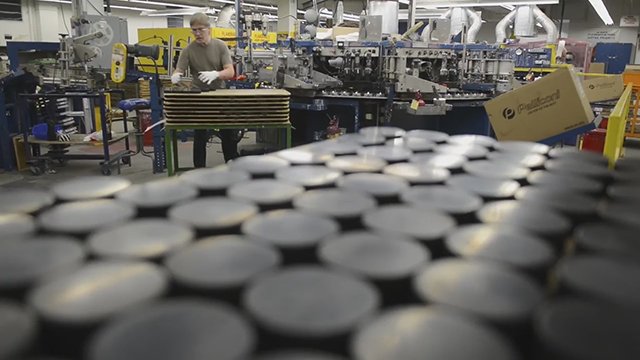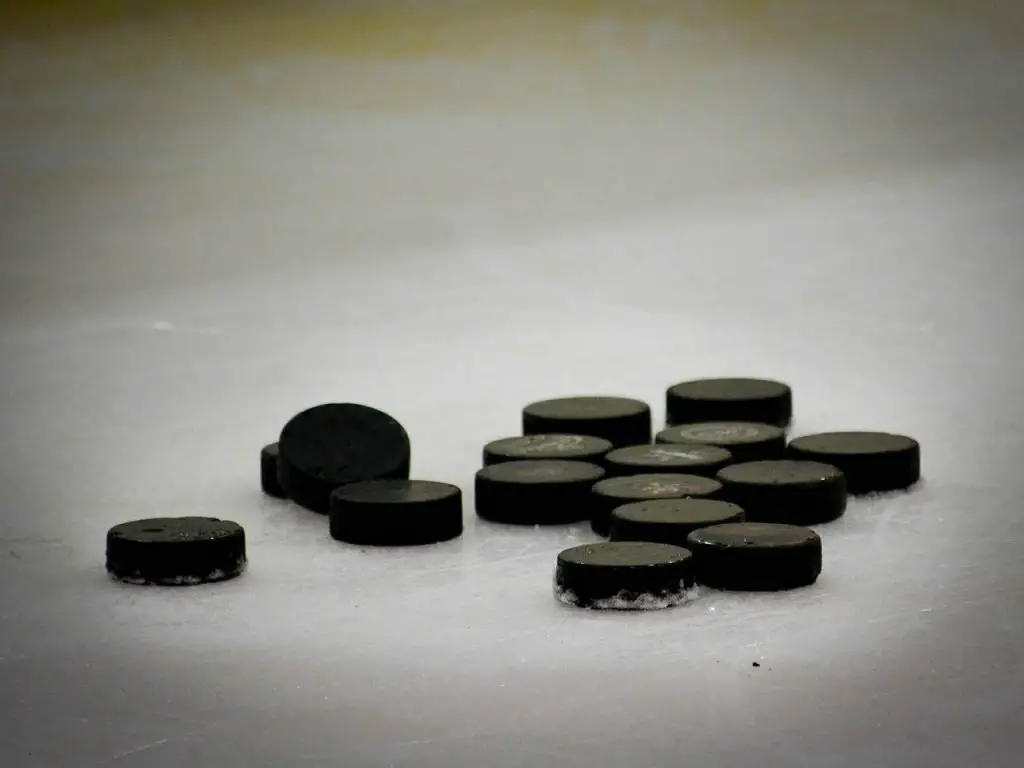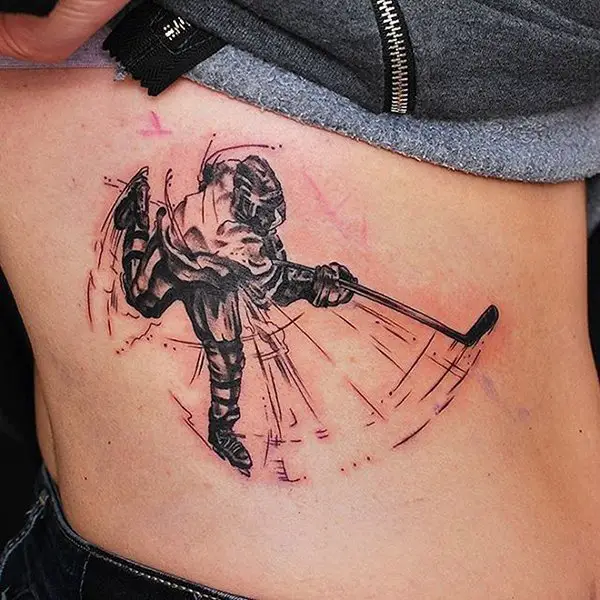Three of the 4 major national sports leagues; basketball, baseball and football are all played with balls. Hockey is the only one that isn’t, instead, hockey uses a puck.
If you’re new to the sport, you probably have some understandable questions surrounding the hockey puck. This article will help answer those and more of the most commonly asked questions surrounding hockey pucks.
Let’s get started!

Table of Contents
How much do hockey pucks weigh?
Regulation hockey pucks used in the NHL and by leagues around the world weigh 6 Ounces.
You can however purchase heavier pucks for training. Many professional hockey players will use heavier pucks in practice so when they get into a game using regular 6 ounce pucks it feels like they have more control.
Lighter pucks that weight about 4 ounces made specifically for kids just getting into hockey are also available in most sporting good stores.
How big is a hockey puck?
Hockey pucks are one inch thick and have a diameter of three inches.
The size of a hockey puck is generally the same in every league around the world.
Why are Hockey Pucks Black?
Hockey pucks are always black, wouldn’t it be cool to see different colored pucks used sometimes? Here’s why that never happens.
The main reason hockey pucks are black is that it’s the easiest color to see on the white ice surface hockey is played on.
Could you imagine trying to keep track of a light yellow puck on the ice? You’d lose track of the puck quickly.
Another reason pucks are black is because they are made from rubber and rubber is naturally black, although puck manufacturers are able to change the colors of a puck, it is easier and more cost-effective to keep them black when mass-producing the amount of pucks needed for a full length hockey season.
How fast does a hockey puck travel?
The fastest speed at which a hockey puck has ever travelled is 108.8 mph, the puck was shot by Zdeno Chara.
The speed of a hockey puck depends on who is shooting it. Generally, bigger players tend to shoot pucks much faster. Zdeno Chara for example, is 6’9 and weighs 250 lbs.
How fast a puck travels also depends on the type of shot, if you are shooting the puck with your wrist (wrist shot) it will be more accurate but travel at a slower speed than if you were to shoot the puck as hard as you can while sacrificing accuracy (slap shot).
What are hockey pucks made of?
Hockey pucks are made out of vulcanized rubber and a multitude of other chemical ingredients.
Two types of oil make the rubber more durable, certain minerals act as curing agents and anti-aging agents, and a form of coal dust called carbon black is used as filler.
There is actually an episode of “how it’s made” that shows you the entire process from start to finish.
How much do hockey pucks cost?
Although hockey is one of the most expensive sports in the world to get started in, the pucks which are the main focus of the game are surprisingly cheap.
Individual regulation sized hockey pucks can be purchased for as low as $1.00.
Often, you will find that you can get a better deal if you buy in bulk, a common deal you will find is 50 pucks for $50.00. Most sporting good stores around the world carry pucks but if you are unable to find them in store, Amazon has a wide selection of pucks as well.
Are hockey pucks frozen?
Hockey pucks are frozen before games in order to prevent them from bouncing all over the ice during play.
Even though hockey pucks are made from vulcanized rubber (vulcanized rubber is the result of rubber being heated with sulfur to make it harder and more durable) they still tend to have a bit of a bounce to them when warm. Once it was discovered that freezing the pucks reduces the amount of bounce the puck has, it became common practice.
Reducing the bounce in a puck by freezing it gives players more ability to control the puck along the surface of the ice without it bouncing up and over their sticks.
Can dogs chew on hockey pucks?
Hockey pucks are made with a variety of toxic chemicals, which would suggest its best to not let your dog chew on them.
Why can’t you kick the puck in hockey?
Players are allowed to kick the puck at any point during a game, so long as they do not kick it directly into the net. Goals that are scored by kicking the puck into the net will be overturned and called back.
Saying that, some of the most creative plays in hockey include a players feet. Players often kick a puck up to their own stick if the pass they received was in their feet. This goal by Detroit Red Wings forward Filip Zadina is a great example of that.
Bad passes are a part of the game, so players spend some time in the off-season actually practicing controlling the puck with their feet so they are ready for when it happens in a game situation.
How many pucks are used in an NHL game?
Because pucks are frozen and eventually thaw out, NHL Officials change pucks multiple times a game. But just how many do they use?
The average NHL game will use between 40-50 pucks each game.
There are many reasons an NHL official would change the pucks 40-50 times per game. Pucks are often sent over the boards into the bench or over the glass and into the hands of a supper happy fan who just received a free souvenir.
Like we discussed earlier, if the puck thaws out, it needs to be replaced. The NHL actually uses a special cold sensitive paint on their pucks that lets them know when it’s time to change to a new one.
Do hockey pucks hurt?
Hockey is one of the toughest sports in the world that features some of the toughest athletes in the world. Often times you will see players diving in the way of a shot to block it from reaching the net. But does getting hit with a puck hurt?
Yes, getting hit with a puck is very painful, dependent on how hard the person is shooting it. Typically, only at higher levels of play will you face pucks that travel at speeds able to cause serious damage.
Take it from personal experience, as a goalie I once took a slap shot to the knee where there was little to no padding, and I was out for the season. Not fun!
Blocking shots is a part of the game and something that every player must do at some stage of their playing career, and doing it can be pretty painful. It’s important to always turn your face away from the shot you are blocking, so you don’t lose any of your chompers!



